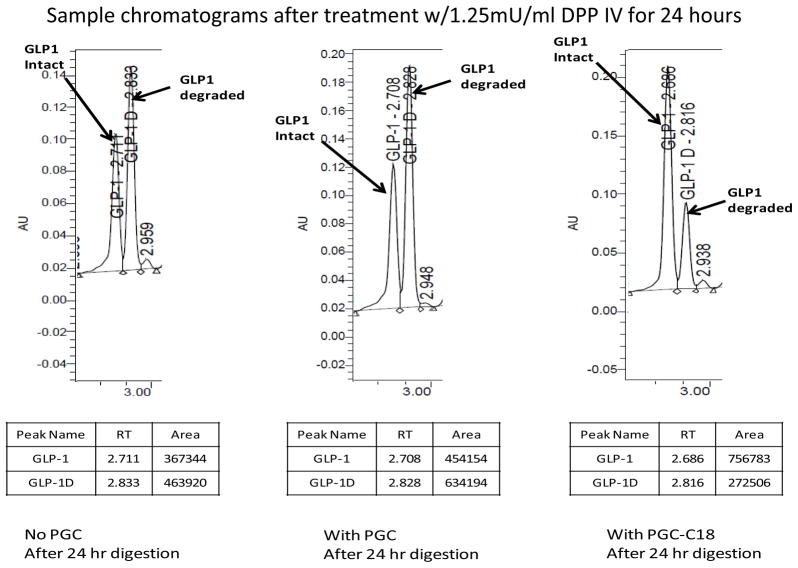Fig. 4. PGC with C18 protects GLP-1 from rapid DPP IV digestion but not PGC without C18.
HPLC profiles of GLP-1 after a 24-hour digestion with 1.25mU/ml of DPP IV at 37°C. It is clear that only the carrier containing C18 (which is essential for binding) protects GLP-1 from dipeptidyl peptidase-IV (DPP IV) degradation compared to the control without PGC. Without the carrier 58+/−5% (n=6) GLP-1 was degraded in 24 hours. In the presence of the carrier PGC-C18, only 26+/−2% (n=6) of GLP-1 was degraded. A PGC without C18 fatty acid was used as a carrier control and showed similar results to the GLP-1 control with 58+/−8% (n=6) degradation. A 10x excess of PGC-C18 or PGC over GLP-1 by mass was used for this experiment. Typical formulation has 50-fold excess PGC over GLP-1 which will push equilibrium (Fig. 8) to much less free GLP-1, and thus much less accessible to proteases.

